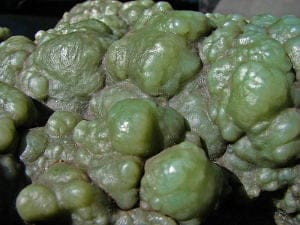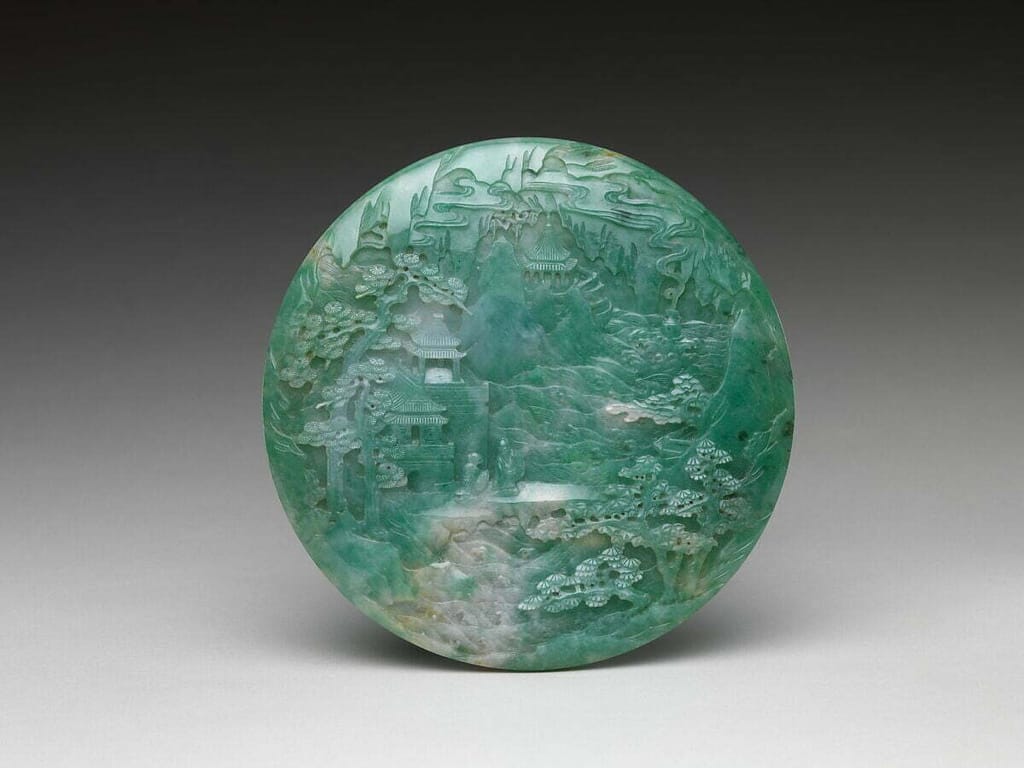Chinese Jade: Unveiling Imperial Treasures and Jade Objects from the Qing Dynasty and Other Eras
Chinese jade, a term that encompasses both nephrite and jadeite, has been a significant part of Chinese culture for thousands of years. The Chinese have a saying, “gold is valuable; jade is priceless,” which reflects the deep reverence and high esteem they hold for jade.
The term “jade” is used to refer to two different minerals: nephrite and jadeite. Nephrite is a calcium magnesium silicate and is usually white in color, while jadeite comes in colors ranging from subtle grey-greens to brilliant yellows and reds, thanks to the presence of copper, chromium, and iron.
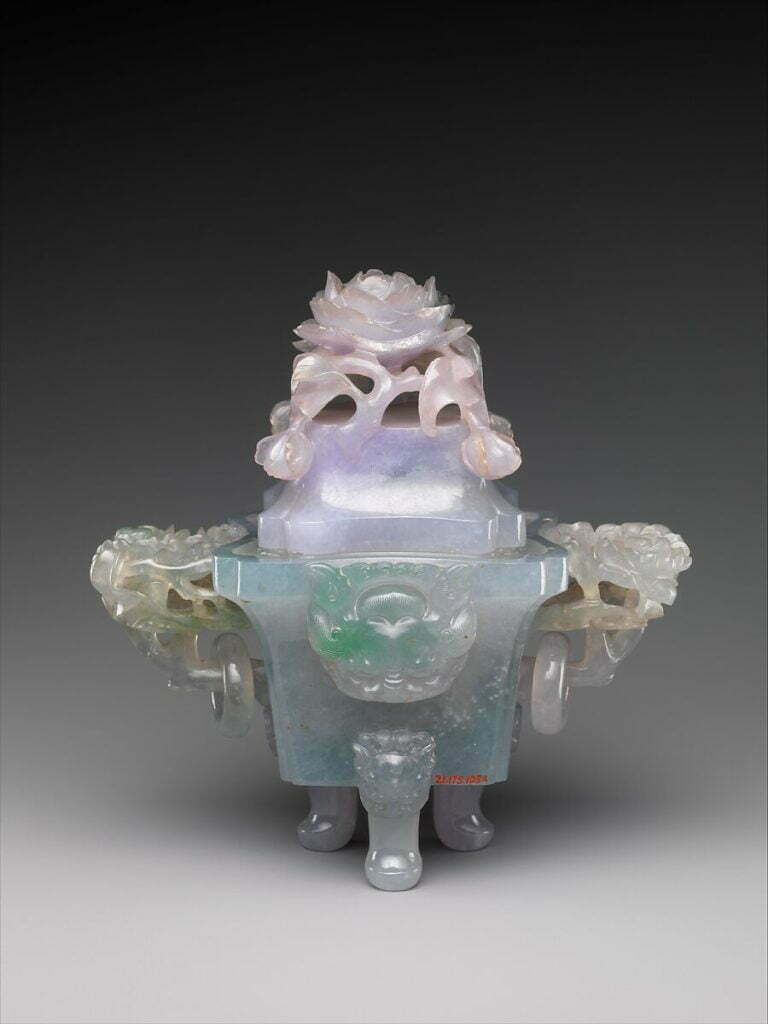
What is Chinese Jade?
Chinese jade refers to the jade that has been intricately carved and polished in China. The term “jade” in China is used to denote two different minerals: nephrite and jadeite. Both of these minerals have been used in China for thousands of years, and they are both considered to be genuine jade.
Jade has always held a special place in Chinese culture and history. It was used to create ceremonial weapons and ritual objects, symbolizing power and authority. The jade objects from ancient China, often found in tombs and archaeological sites, provide a glimpse into the spiritual and cultural practices of the time.
The jade carving tradition in China is a testament to the skill and craftsmanship of Chinese artisans. From simple jade discs to intricate figurines and vases, Chinese jade objects showcase the artistry and creativity of their makers.
Chinese jade is more than just a gemstone. It is a symbol of Chinese culture and history, a link to antiquity, and a testament to the enduring allure of this precious stone. Whether it’s the vibrant green of imperial jade or the subtle hues of nephrite, Chinese jade continues to captivate with its beauty and symbolism.
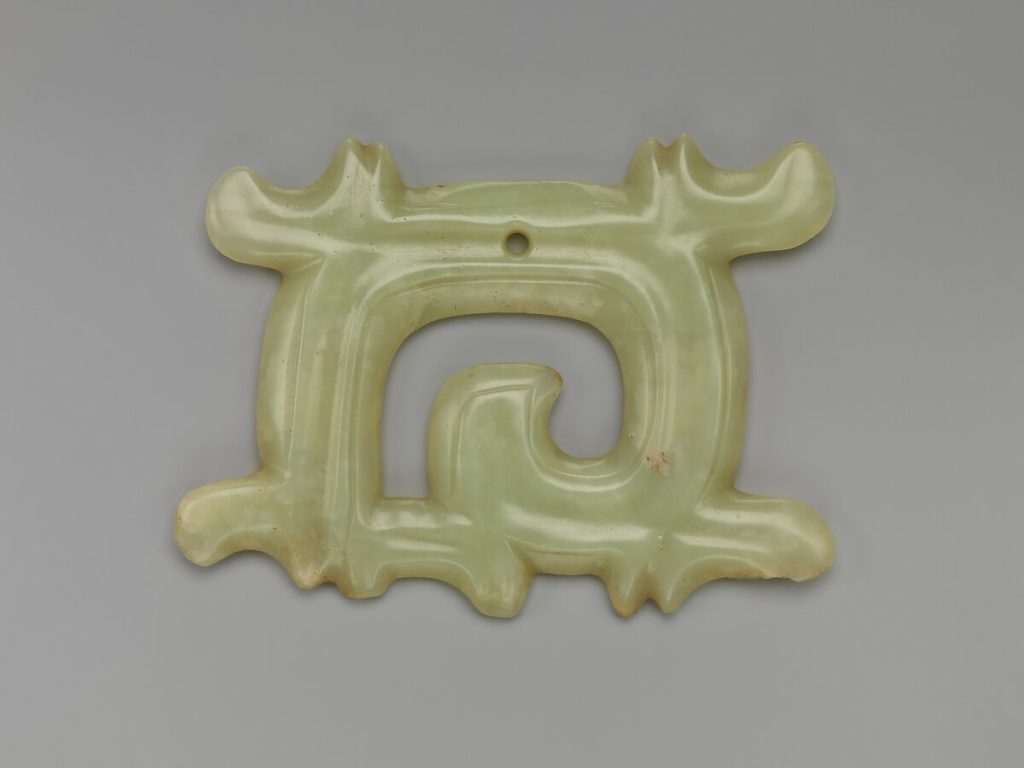
Historical Significance of Jade in China
Jade in Neolithic China (5000-2000 B.C.)
Jade has always been a significant part of Chinese history, with its influence tracing back to the Neolithic period (5000-2000 B.C.). This era, known for the advent of farming and settled communities, also saw a proliferation of jade artifacts. The Hongshan culture, which thrived near the Yellow River Valley around 4700-2900 B.C., was particularly renowned for its jade craftsmanship.
Artisans of the Hongshan culture produced a variety of jade artifacts, including the famous jade pig dragons and eagle-shaped pendants. These objects, often used in rituals or as status symbols, showcase the early Chinese mastery of jade carving. The jade used during this period was likely sourced from nearby deposits, which were rich in nephrite jade, a material that was both durable and aesthetically pleasing.
Jade in the Han Dynasty (206 B.C.E.–220 C.E.)
The significance of jade continued into the Han Dynasty (206 B.C.E.–220 C.E.), where it was worn by kings and nobles as a symbol of status and power. Jade objects, ranging from jewelry to ceremonial weapons, were seen as indicators of wealth and authority.
In addition to its role as a status symbol, jade was also used in burial rituals. Jade burial suits, made for the emperors and nobility, were a testament to the belief in jade’s protective and purifying properties. These suits were made of pieces of jade sewn together with gold, silver, or copper wire, and were believed to preserve the body and spirit of the deceased. The jade used for these suits was obtained from sources likely much nearer to those centers in the early periods and were subsequently exhausted, indicating the high demand for this precious material.
Jade in the Ming (1368-1644) and Qing Dynasties (1644-1912)
The Ming (1368-1644) and Qing (1644-1912) dynasties marked a period of significant development in jade carving techniques. Jade carvers of these eras created everything from small figurines to large vases, showcasing their skill and creativity.
The jade objects from these periods often featured intricate designs and motifs, reflecting the aesthetics and philosophies of the time. The jade used during these dynasties was often of high quality, with a smooth and glossy finish that highlighted the skill of the carvers.
The jade carving tradition of the Ming and Qing dynasties not only produced beautiful jade objects but also contributed to the development of Chinese art and culture. These works of art continue to be admired for their beauty and craftsmanship, further cementing jade’s significance in Chinese history.
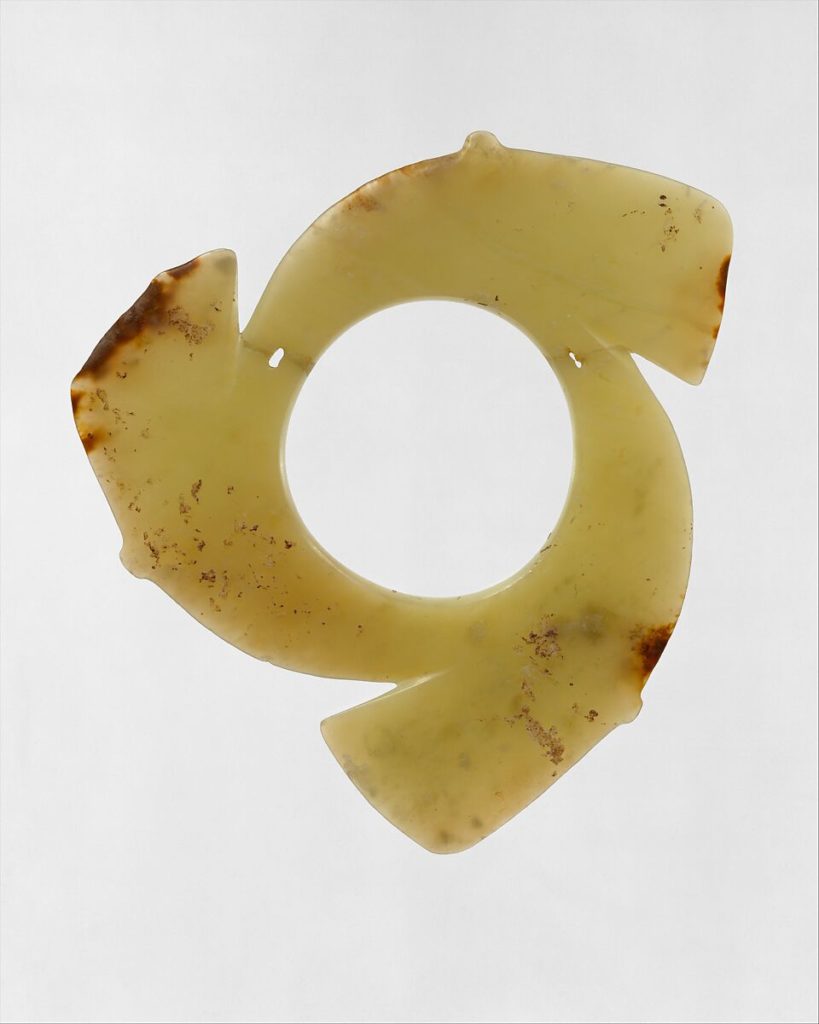
The Art of Jade Carving
Jade carving is a highly skilled craft that requires patience, precision, and a deep understanding of the material. The tools and weapons used for jade carving have evolved over time, from simple stone tools in the Neolithic period to the complex tools used by modern jade carvers.
Jade is often carved with symbolic motifs, reflecting the beliefs and philosophies of the time. For example, the jade discs of the Neolithic period are believed to represent the heavens, while jade figurines from the Han Dynasty often depict mythical creatures and deities.
Symbolism and Beliefs Associated with Jade
Jade is often associated with virtues like intelligence, integrity, and purity in Chinese culture. Confucius (551–479 B.C.E.) once said that jade is like virtue and its brightness represents heaven, making it a fitting symbol for moral and ethical ideals.
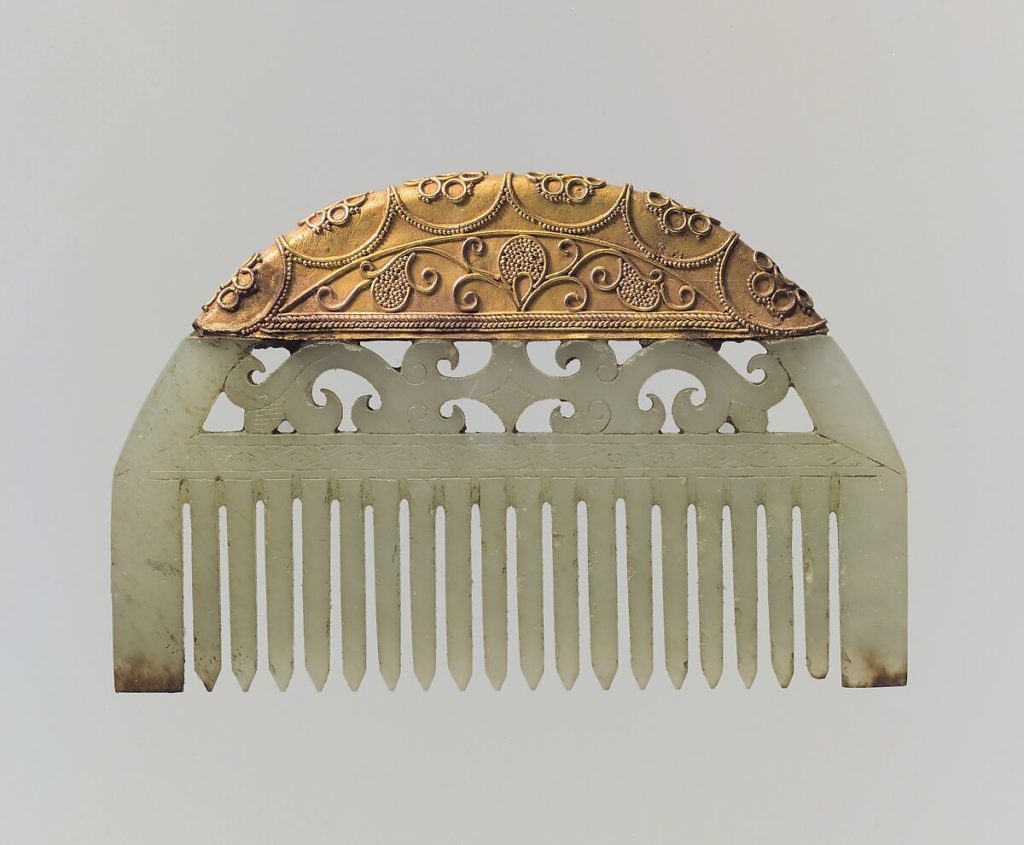
Jade was also believed to have protective qualities. It was worn by kings and nobles, attached to clothing or armor, to ward off evil spirits and bring good luck. Today, jade jewelry, such as pendants and bangles, continue to be popular for their beauty and symbolic meaning.
Jade in Modern China
In modern China, jade remains a highly prized material. The jade market in China is thriving, with jade items ranging from jade jewelry to decorative items fetching high prices.
Contemporary jade art continues to draw on traditional themes and techniques, while also incorporating modern styles and ideas. For example, jade carvers today might use traditional motifs but experiment with abstract forms or innovative techniques.
Hetian Jade: The Gem of the West
Hetian jade, also known as Hotan or Khotan jade, is a type of nephrite jade that is highly prized in China. It is named after the city of Hetian (Hotan) in Xinjiang, which has been a major center for jade mining for over a thousand years.
Hetian jade is known for its fine texture and lustrous sheen. It comes in a variety of colors, including white, yellow, green, and even black, but the most valued is a pure, translucent white known as “mutton fat” jade.
Historically, Hetian jade was transported along the Silk Road, making it a symbol of wealth and status. It was used to create a variety of objects, from ceremonial weapons and ritual objects to intricate pieces of jewelry. Today, Hetian jade continues to be highly sought after for its beauty and cultural significance.
Mysteries and Archaeological Discoveries of Jade
The Mystery of the Jade Discs
The jade discs, known as bi discs, are one of the most intriguing jade artifacts from ancient China. These flat discs with a hole in the center have been found in the graves of elites from the Neolithic period to the Han Dynasty. The purpose of these discs remains a mystery, but they are believed to have had a ceremonial or ritualistic function.
The Jade Suit Tomb
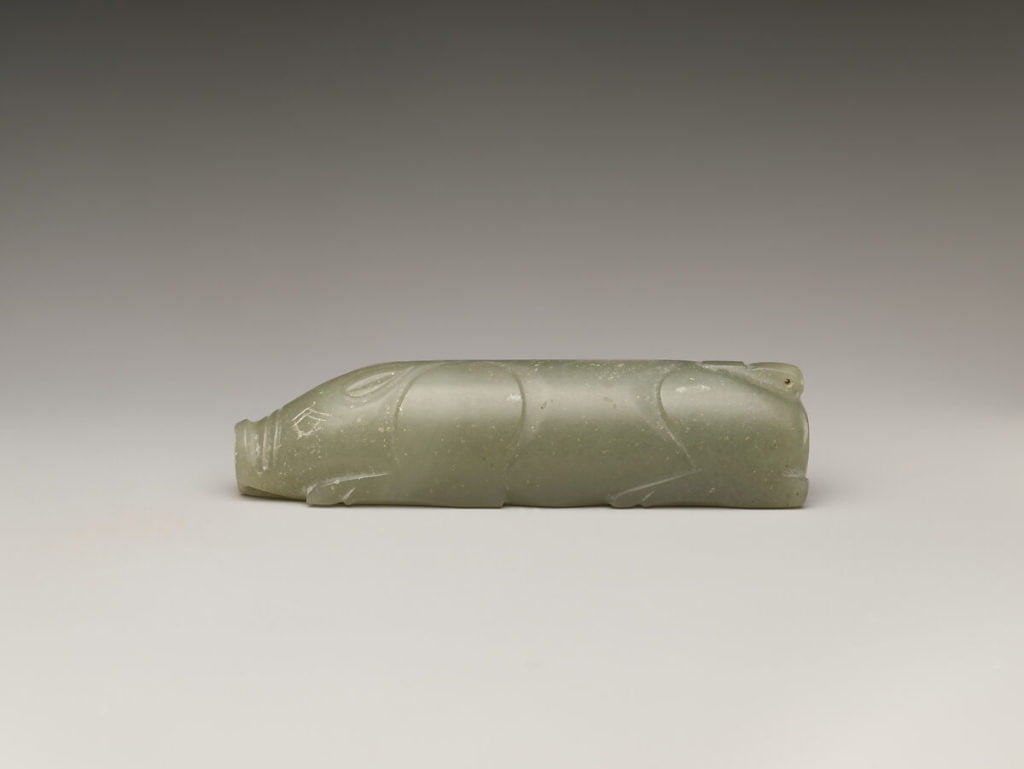
One of the most remarkable archaeological discoveries in China is the jade suit tomb. These tombs contain jade burial suits, which were made for the emperors and nobility of the Han Dynasty. The jade suits were made of pieces of jade sewn together with gold, silver, or copper wire, and were believed to preserve the body and spirit of the deceased.
Detailed History of Chinese Jade
Jade has a long and complex history in China, spanning over 5000 years. From the jade artifacts of the Neolithic period to the jade carvings of the Ming and Qing dynasties, jade has always been a part of Chinese culture.
The Hongshan culture, which lived near the Yellow River Valley, produced many jade artifacts, including the famous jade pig dragons and eagle-shaped pendants. The Han Dynasty saw the use of jade in burial rituals, with jade burial suits made for the emperors and nobility.
In the Ming and Qing dynasties, jade carving became a highly skilled craft, with jade carvers creating everything from small figurines to large vases. Today, jade remains a highly prized material in China, with jade items ranging from jewelry to decorative items fetching high prices.
The Gem of Chinese Imperial: Green Jade
Green jade, especially the imperial green jade, has been highly prized in Chinese culture. This gem was often worn by kings and nobles, symbolizing their power and status. The vibrant green color of this jade is due to the presence of chromium, making it a highly sought-after variant of jade.
Carving of Chinese Jade
Carving is a significant aspect of Chinese jade artistry. Objects made of jade were meticulously carved with intricate designs and motifs. The skill and craftsmanship required for jade carving were highly regarded, and the resulting jade objects were often seen as symbols of prestige and wealth.
Neolithic Jade and the Hongshan Culture
The Hongshan culture, a Neolithic culture in China, is known for its jade artifacts. Neolithic jade objects, often placed in tombs, provide a glimpse into the spiritual and cultural practices of this ancient culture. These jade objects, made of nephrite jade, were carved into various forms, including figurines, ornaments, and ceremonial items.
Jade: Worn by Kings and Nobles
In Chinese imperial society, jade was more than just a gem. It was a symbol of power and status, often worn by kings and nobles. Jade objects, especially those made of imperial green jade, were seen as a sign of nobility and were often included in the royal regalia. The tradition of wearing jade has continued into modern times, reflecting the enduring significance of this precious stone in Chinese culture.
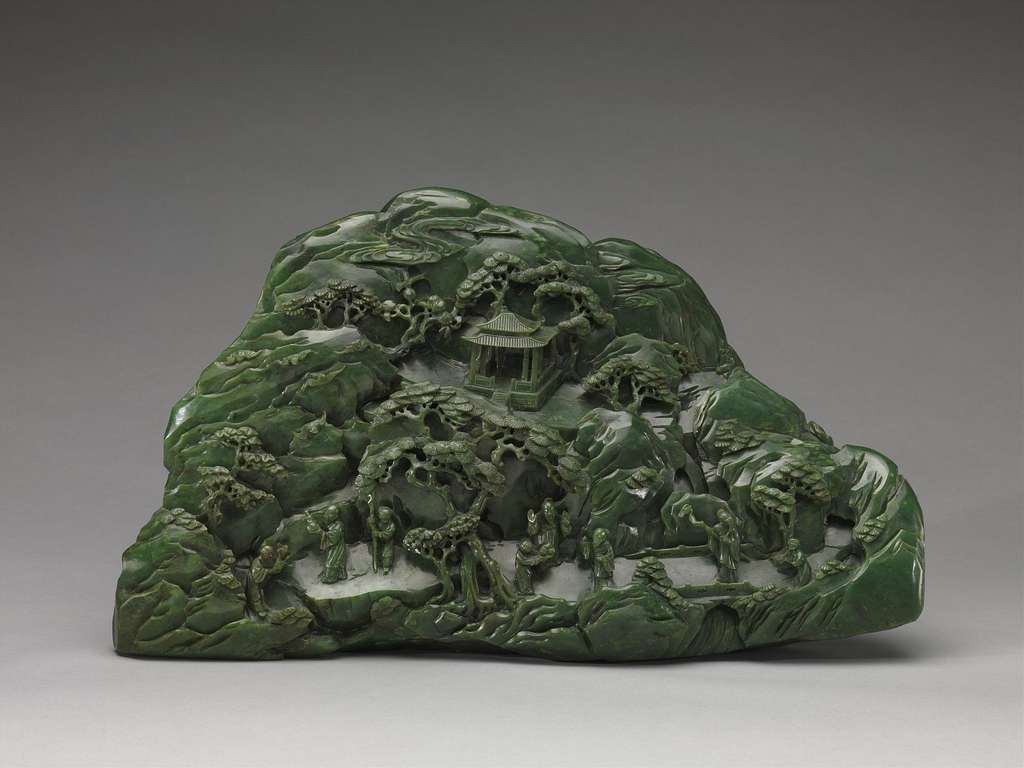
Q: What are some characteristics of Chinese Jade?
A: Chinese Jade is a gem-quality stone that comes in a variety of colors, including green, white, and other colors. It is translucent and has a smooth, glossy texture. It is compact and strong, and is often worked into ornaments and other decorative objects.
Q: What is the history of Chinese Jade?
A: Jade has been highly valued in China since ancient times. The first jade artifacts in China date back to the Neolithic period, when jade was used to make tools and other items. The Hongshan culture, which lived in northeastern China around 5000 BCE, was known for its jade carvings. In ancient times, jade was worn by kings and nobles and was believed to have magical properties. During the Ming dynasty (1368-1644), Chinese jades became particularly highly valued and many of the imperial green jade objects that are now on display in museums were made during this time.
Q: What are the different types of Chinese Jade?
A: Chinese Jade can be made from a variety of minerals, including jadeite and nephrite. Nephrite is found in metamorphic rocks in mountains, while jadeite is typically found in boulder deposits. Nephrite is more commonly used to make Chinese jades and is the type of jade that is most valued in China. Other types of Chinese Jade include serpentine and bowenite.
Q: Where is Chinese Jade found?
A: Chinese Jade is found in areas where jade deposits are located, which include parts of China, Myanmar, and other countries. In China, jade deposits can be found in many different areas, ranging from the north to the south. It is likely that sources of jade were known and used by many earlier cultures throughout China’s history.
Q: How is Chinese Jade used in China?
A: Jade has been used in a variety of ways throughout China’s history. In addition to being used to make decorative objects, it has also been used to make ceremonial weapons and ritual items. Jade has been highly valued by the imperial court and has been used to make a range of items, from belt buckles to table screens.
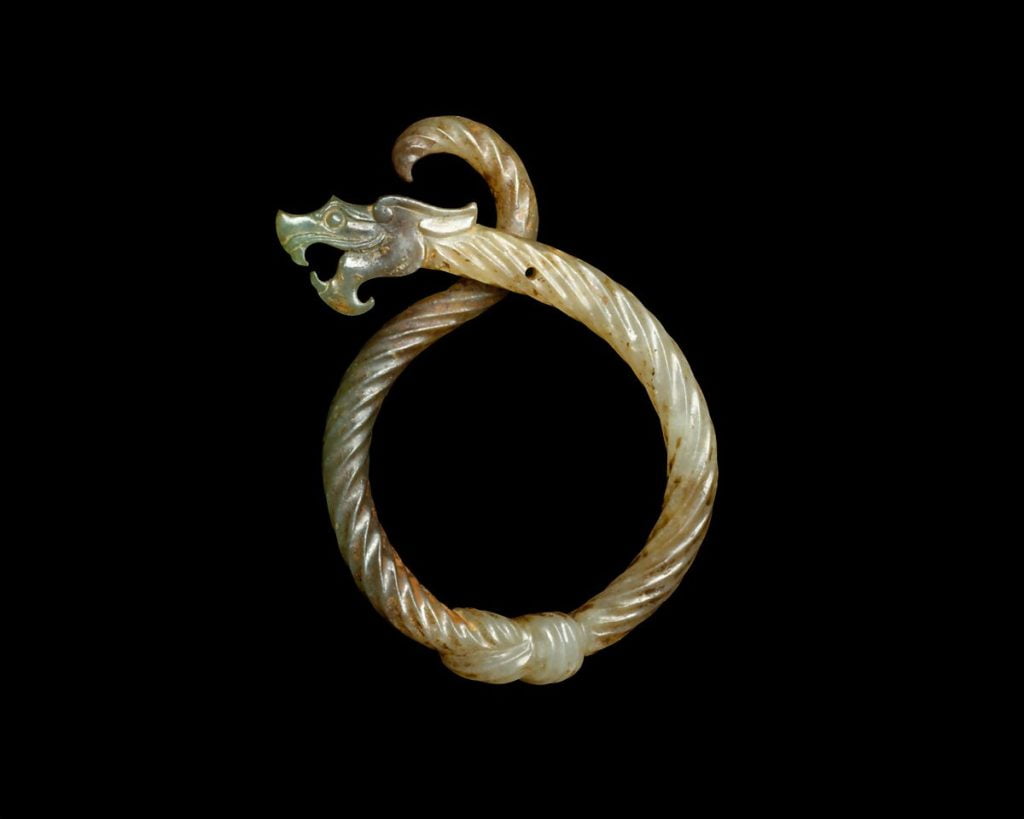
Q: What is the significance of Chinese Jade in Chinese culture?
A: Jade has been an important part of Chinese culture for millennia and is often associated with Confucian values such as virtue, righteousness, and compassion. Jade is also seen as a symbol of prosperity and good luck, and wearing jade jewelry is believed to offer protection and bring good fortune.
Q: What are some famous Chinese jades?
A: There are many famous Chinese jades, including the imperial green jade objects that were made during the Ming and Qing dynasties. The British Museum has a number of important Chinese jades in its collection, including a jade horse from the Tang dynasty and a white jade bowl from the Qing dynasty.
Q: How is Chinese Jade retrieved and worked into ornaments?
A: Chinese Jade is retrieved from the earth using a combination of techniques, including mining and panning. Once it has been retrieved, it is carved and worked into ornaments and other objects using a range of techniques, including carving, polishing, and drilling.
Q: What is the condition of Chinese Jade from the Qing dynasty?
A: The condition of jade from the Qing dynasty can vary depending on its age and how it has been cared for over time. Some jade objects from this period may show signs of decay or damage, while others may be in excellent condition. The longevity of jade is often attributed to Confucius, who compared it to virtue, saying that it is “hard, but not violent, and firm, but not unyielding.”
Chinese jade, with its rich history and deep cultural significance, continues to captivate people around the world. Whether it’s the mystery of the jade discs, the artistry of jade carving, or the symbolism of jade in Chinese culture, there’s no denying the enduring allure of this precious stone. As Confucius once said, “When I think of a wise man, his merits appear to be like jade.”
